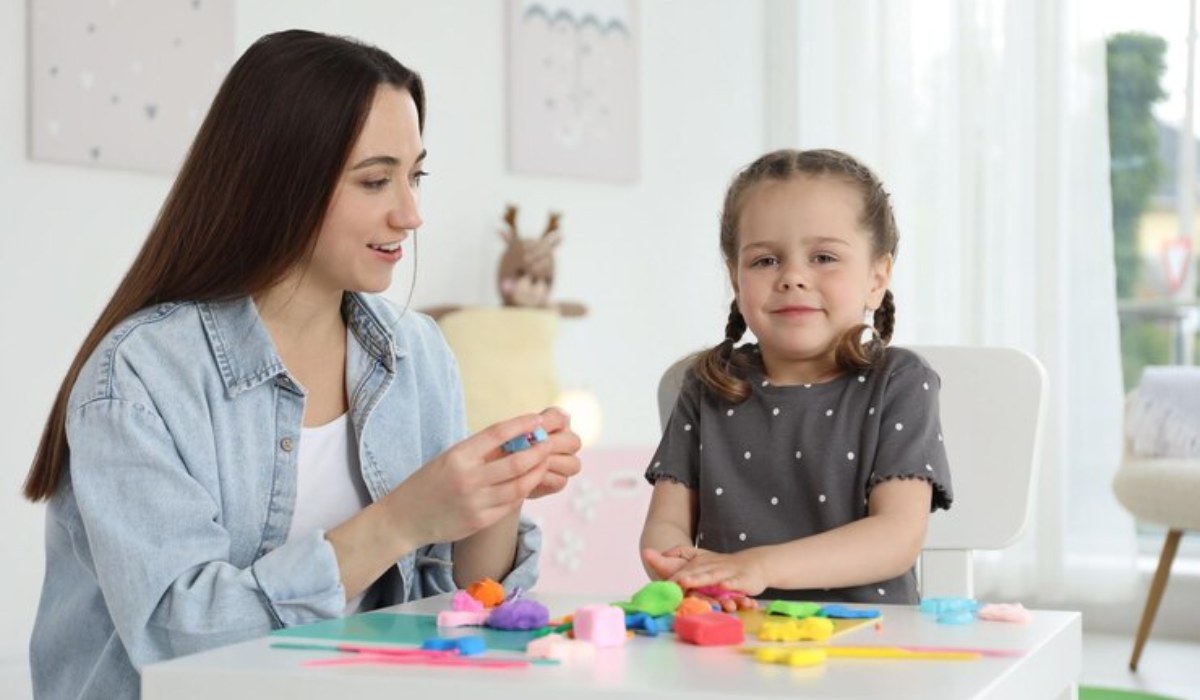7 Life-Changing Benefits of ABA Therapy for Autistic Kids

Key Points:
- ABA therapy helps children with autism build independence through step-by-step skill development.
- Consistent use of ABA strategies improves communication, reduces problem behaviors, and supports learning in daily life.
- Families also benefit from ABA by gaining tools to encourage positive behaviors at home and in the community.
Parenting a child with autism often comes with unique challenges and moments of uncertainty. Many parents look for proven, structured methods that can help their child develop life skills, communicate more effectively, and gain confidence in daily routines. Applied Behavior Analysis, better known as ABA therapy, has become one of the most trusted approaches to support children on the autism spectrum.
ABA therapy is not a one-size-fits-all method. It’s a personalized process that breaks down skills into small, achievable steps and uses positive reinforcement to encourage progress. Families who turn to providers often find that ABA therapy transforms not only their child’s development but also the way their whole household functions day-to-day.
Below, we’ll explore seven life-changing benefits of ABA therapy for autistic kids, each explained in detail so you can understand how this approach can make a difference in your child’s journey.
Strengthening Communication Skills
One of the biggest hurdles for many autistic children is communication. Some children may not speak at all, while others may use only a few words or struggle with back-and-forth conversation. ABA therapy addresses these challenges by creating structured ways for children to build their communication skills step by step.
Therapists work closely with children to identify the most effective form of communication for them—whether it’s spoken words, picture exchange systems, or assistive technology. Over time, the consistent reinforcement of these strategies helps children use communication to express needs, reduce frustration, and connect with others.
Parents often notice that when communication improves, everyday routines such as asking for a snack, joining playtime, or saying “yes” or “no” become smoother and less stressful.

Building Independence in Daily Living Skills
Life skills such as brushing teeth, getting dressed, or using utensils may not come naturally to every autistic child. ABA therapy provides the tools to help children gain independence in these areas.
Therapists break down each skill into smaller, teachable steps. For example, brushing teeth might begin with holding the toothbrush correctly, then adding toothpaste, and finally practicing brushing motion by motion. Through repetition, modeling, and reinforcement, children gradually learn how to perform the full task independently.
As children gain mastery over daily routines, their confidence grows. Families also benefit by experiencing smoother mornings, less resistance, and a greater sense of balance in daily life.
Reducing Challenging Behaviors
Challenging behaviors such as meltdowns, aggression, or self-injury can be overwhelming for both children and their families. ABA therapy helps uncover the root causes of these behaviors and teaches healthier alternatives.
Here’s how therapists typically approach this:
- Identify triggers: Understanding what situations or environments bring out the behavior.
- Teach replacement skills: Offering an alternative way for the child to get their needs met, such as asking for a break instead of crying or hitting.
- Reinforce positive choices: Encouraging calm, safe behaviors with consistent rewards or praise.
This structured approach doesn’t just stop the negative behavior—it replaces it with something more meaningful and sustainable. Over time, children learn that they can get their needs met without resorting to behaviors that disrupt their daily life.
Supporting Academic Readiness and Learning
Many autistic children struggle in traditional classroom settings, where expectations around focus, group work, and structured learning can feel overwhelming. ABA therapy prepares children for school by teaching foundational skills that make academic participation more accessible.
Therapists might work on skills such as:
- Sitting for short periods of time and gradually increasing attention span.
- Following simple instructions like “pick up the pencil” or “turn the page.”
- Learning pre-academic skills such as sorting, matching, and identifying letters or numbers.
When children are able to focus, follow routines, and engage in learning activities, their confidence in the classroom grows. Teachers also benefit from having students who are better equipped to participate in group instruction and individual tasks.
Encouraging Social Connections
Social interaction is another area where autistic children may face barriers. Initiating play, understanding social cues, or making eye contact can be difficult, which sometimes leads to isolation. ABA therapy addresses these challenges by creating structured opportunities for social growth.
Before introducing social play with peers, therapists often start by teaching smaller foundational skills. These may include:
- Waiting for a turn.
- Responding when someone says hello.
- Sharing toys or materials during structured activities.
- Practicing role-play scenarios to prepare for real-life situations.
These lessons not only help children interact with peers but also improve family dynamics at home, such as playing with siblings or joining group activities without becoming overwhelmed.

Providing Consistency Across Environments
Children thrive on consistency, and ABA therapy offers a structured framework that can be applied at home, school, or in the community. Therapists work with families and caregivers to ensure that strategies used during sessions are also practiced outside of therapy.
For example, if a child learns how to ask for a break instead of crying during therapy, parents are shown how to reinforce this same skill during daily routines at home. Teachers may also be guided on how to support these strategies in the classroom.
This kind of consistency helps children generalize what they’ve learned so they can use their new skills across settings, which is often one of the hardest steps for children with autism.
Empowering Families with Tools and Support
The benefits of ABA therapy extend beyond the child—it also equips families with the knowledge and strategies they need to support progress. Parents often play a key role in therapy by practicing skills at home, learning how to respond to challenging behaviors, and reinforcing communication techniques.
Therapists provide ongoing parent training so families feel confident in handling difficult situations. For example, a parent might learn how to de-escalate a meltdown in a store or encourage a child to try a new food during mealtime.
This support ensures that families are not just passive observers but active participants in their child’s growth. Over time, parents often notice that their stress decreases as they gain more tools to handle challenges effectively.
Final Thoughts: Helping Your Child Thrive with ABA Therapy
Every child with autism deserves the chance to communicate, connect, and live with greater independence. ABA therapy offers a structured, research-backed path to help make this possible. From reducing problem behaviors to supporting communication and building daily living skills, ABA creates opportunities for meaningful progress that can change the course of a child’s life.
At Achieve Better ABA, we focus on personalized plans that meet each child where they are and support families every step of the way. If you’re ready to explore how ABA therapy can help your child thrive, we invite you to reach out today to learn more about ABA therapy in North Carolina.
Similar articles
Contact us today to learn more.




.jpg)

.jpg)





